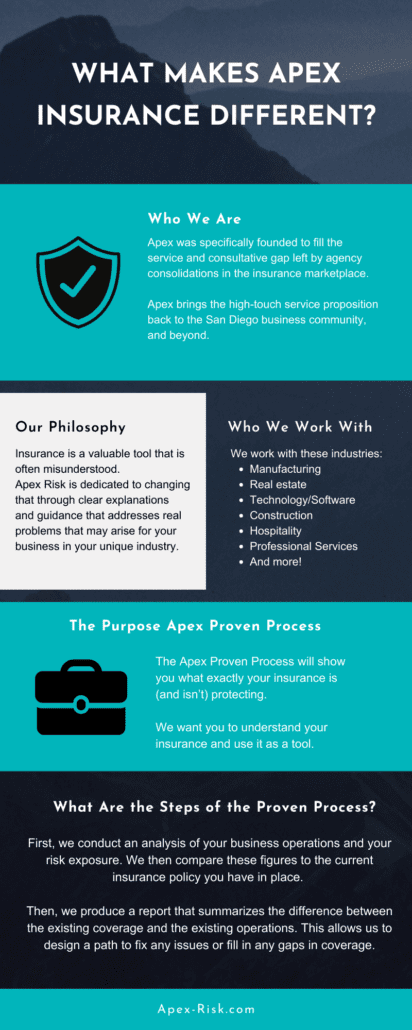The 8-Minute Rule for Pacific Prime
Table of ContentsNot known Facts About Pacific PrimeExcitement About Pacific PrimeNot known Details About Pacific Prime Top Guidelines Of Pacific PrimeThe Best Strategy To Use For Pacific Prime

This is since the information were gathered for a period of solid economic efficiency. Of the approximated 42 million individuals who were without insurance, just about concerning 420,000 (about 1 percent) were under 65 years old, the age at which most Americans come to be qualified for Medicare; 32 million were adults in between ages 18 and 65, about 19 percent of all grownups in this age group; and 10 million were kids under 18 years of age, concerning 13.9 percent of all youngsters (Mills, 2000).
These estimates of the number of persons without insurance are generated from the annual March Supplement to the Present Population Survey (CPS), carried out by the Demographics Bureau. Unless or else kept in mind, national quotes of people without wellness insurance policy and proportions of the populace with different kinds of protection are based on the CPS, one of the most widely made use of source of price quotes of insurance coverage and uninsurance prices.
The smart Trick of Pacific Prime That Nobody is Talking About

Still, the CPS is specifically beneficial since it produces annual price quotes fairly promptly, reporting the previous year's insurance policy protection estimates each September, and due to the fact that it is the basis for a constant collection of price quotes for greater than twenty years, permitting for analysis of trends in insurance coverage gradually. For these reasons, as well as the extensive use the CPS in various other research studies of insurance protection that are presented in this report, we depend on CPS estimates, with constraints kept in mind.

The quote of the variety of without insurance people increases when a population's insurance condition is tracked for a number of years. Over a three-year period starting early in 1993, 72 million people, 29 percent of the U.S. https://yoomark.com/content/we-are-award-winning-insurance-intermediary-choice-simplifying-world-insurance-help-you-find. population, lacked coverage for at the very least one month. Within a solitary year (1994 ), 53 million people experienced at the very least a month without protection (Bennefield, 1998a)
6 out of every 10 without insurance adults are themselves employed. Although working does boost the possibility that one and one's family members will certainly have insurance coverage, it is not an assurance. Even participants of family members with two permanent wage earners have nearly a one-in-ten possibility of being uninsured (9.1 percent without insurance price) (Hoffman and Pohl, 2000).
The 6-Second Trick For Pacific Prime
New immigrants account for a substantial percentage of individuals without medical insurance. One evaluation has connected a considerable portion of the current development in the size of the U.S. uninsured populace to immigrants that showed up in the nation between 1994 and 1998 (Camarota and Edwards, 2000). Recent immigrants (those who pertained to the USA within the past four years) do have a high rate of being without insurance (46 percent), yet they and their youngsters account for just 6 percent of those without insurance coverage across the country (Holahan et al., 2001).
The relationship between medical insurance and access to care is well established, as documented later on in this phase. The connection between health and wellness insurance coverage and health outcomes is neither direct neither straightforward, a considerable professional and health and wellness services research literary works web links health and wellness insurance coverage to better accessibility to care, far better high quality, and enhanced personal and populace health and wellness condition.
Levels of evaluation for examining the results of uninsurance. This conversation of health and wellness insurance coverage focuses primarily on the united state populace under age 65 since essentially all Americans 65 and older have Medicare or various other public insurance coverage. Furthermore, it concentrates particularly on those with no wellness insurance policy for any type of size of time.
All About Pacific Prime
The troubles dealt with by the underinsured are in some aspects similar to those encountered by the without insurance, although they are normally less severe. Wellness insurance policy, nonetheless, is neither needed nor sufficient to gain accessibility to medical services. The independent and straight impact of health insurance policy coverage on access to health solutions is well developed.
Others will obtain the health and wellness care they need even without medical insurance, by paying for it expense or seeking it from service providers that use care free or at very subsidized rates. For still others, wellness insurance coverage alone does not guarantee invoice of care due to other nonfinancial obstacles, such as a lack of healthcare providers in their area, limited accessibility to transportation, illiteracy, or etymological my response and cultural distinctions.
Some Known Factual Statements About Pacific Prime
Official research regarding without insurance populaces in the USA dates to the late 1920s and early 1930s when the Committee on the Price of Treatment generated a series of reports regarding funding medical professional office visits and hospitalizations. This problem came to be salient as the numbers of medically indigent climbed during the Great Clinical depression.